The lost villages of Stanta
There’s been a few reports and exhibitions of work undertaken by photographers who have delved into the lost landscapes of the Stanford Training Area or Stanta as it’s usually known. There are tours, carefully marshalled around the activities that the army undertake in there as they have done since the land was requisitioned in 1942 for exercises that would eventually lead to D-Day, on a promise of a post war return. There are regular visits each summer and a carol service is held at West Tofts Church, some building remain, boarded up, part of the structure of the war games, others removed. The churches are protected.
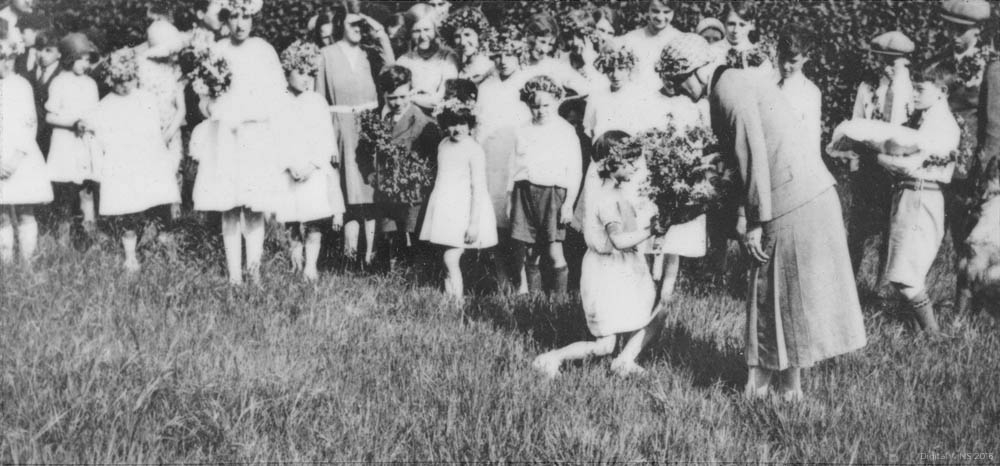
 The site covers some 30,000 acres or 120 square miles, and contains the now deserted villages of West Tofts, Sturston, Langford, Stanford, Buckenham Tofts and Tottington, deserted in the sense that there is no civilian life, no families making breakfast, playing cricket or taking tea, children do not play on the green. There is human life and the settlements have changed and diversified, Afghan markets and Bosnian villages have been built in here. bridges are built. And still beneath it all is the history of the landscape; from flint mines and floated water-meadows, Roman remains to barrows to bury there ancient dead, There are even two earlier desertions, villages lost in medieval times and still the holloways cut by the feet and carts of our ancestors mark the transit of our forebears across this largely intact..
The site covers some 30,000 acres or 120 square miles, and contains the now deserted villages of West Tofts, Sturston, Langford, Stanford, Buckenham Tofts and Tottington, deserted in the sense that there is no civilian life, no families making breakfast, playing cricket or taking tea, children do not play on the green. There is human life and the settlements have changed and diversified, Afghan markets and Bosnian villages have been built in here. bridges are built. And still beneath it all is the history of the landscape; from flint mines and floated water-meadows, Roman remains to barrows to bury there ancient dead, There are even two earlier desertions, villages lost in medieval times and still the holloways cut by the feet and carts of our ancestors mark the transit of our forebears across this largely intact..
Two or three years ago I was fortunate enough to work on a project with Poet Andrea Holland who was producing a piece of work which involved her going into Stanta and recording it. It also involved me producing a ghost image for the cover of the book. Research also uncovered a rather wonderful set of photos that you can see below, which show life in Stanta before the army came. There is something quite unusual in the feel of these photographs. I can’t quite put my finger on exactly what, they are all the more haunting than the usual photos of the past. Maybe because they are images of a pattern of living from the 1920s and 1930s that stopped very abruptly for everyone when the war came, but here, in the sands and Scots pine on these dusty roads and village greens, there were no more May Days. The end of a pattern of rituals and daily life that had evolved for thousands of years obliterated.
BROADCASTING
1.
Mousehall cottages are asleep with bramble,
the pin pricks of a fierce witch riding on the wind.
A wasp knocks at the window, cracked chimneys
whistle in the like of a farmer for his dog.
The bricks shift in their sleep, remembering kitchen
fires and children. The dog at the heels
of an orphan lamb.
2.
hand-stitched into sleep: white bryony, nettles,
fat hen and night shade. We are broadcasting
with them. We are rooted in the sestina of sleep
and seed. The ring of pines which line the fields
watch over thirteen-thousand sheep who ignore
the trees’ summons, come by, come by.
Andrea Holland.
Andrea’s book Broadcasting is available at Gatehouse Press.
All images are copyright and are not to be used without express permission.
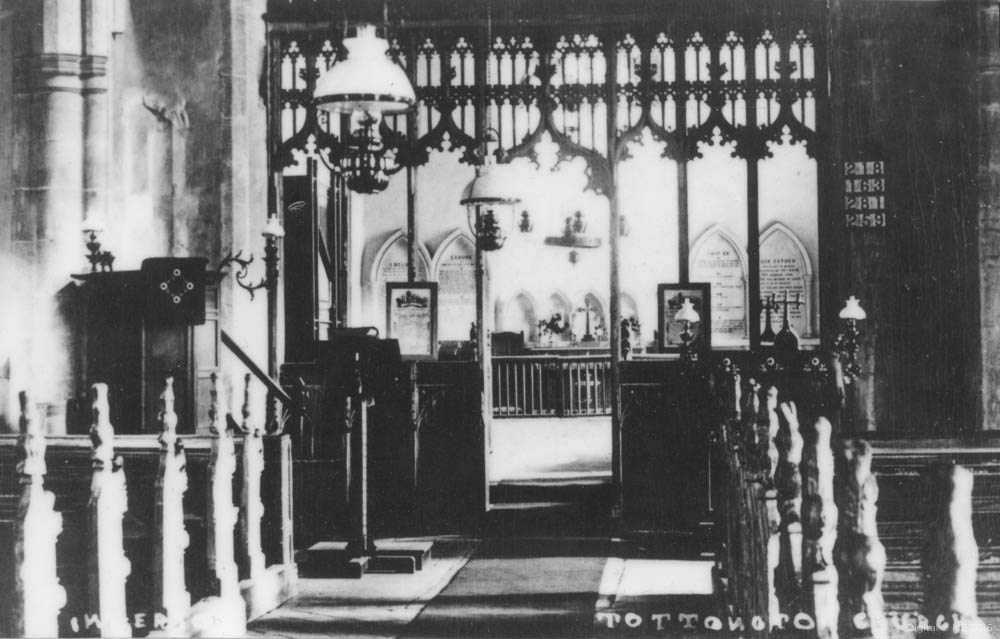
Tottington Church (© 2016 Nick Stone)
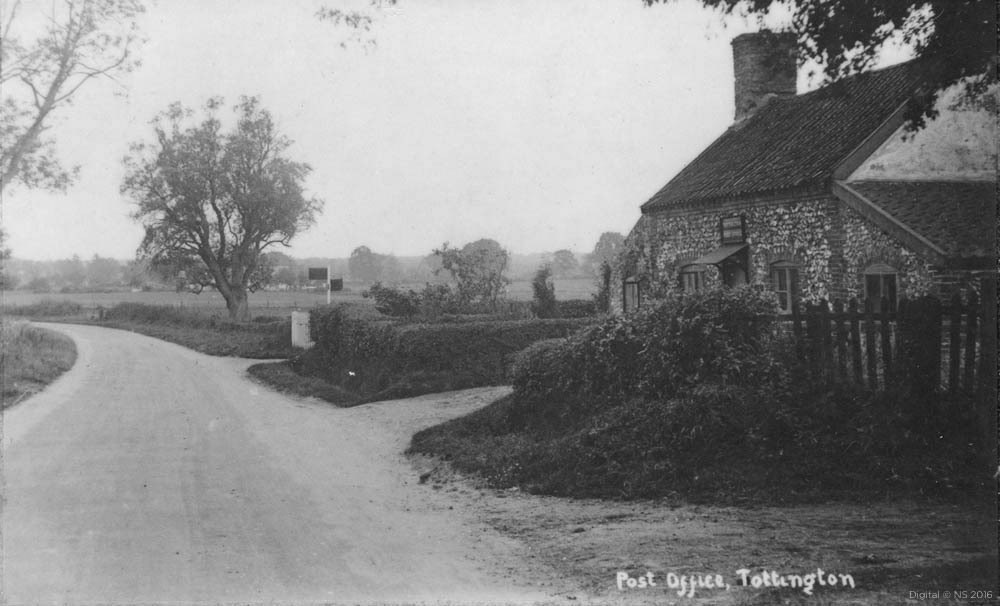
Tottington Post Office (© 2016 Nick Stone)

Tottington, view North. (© 2016 Nick Stone)
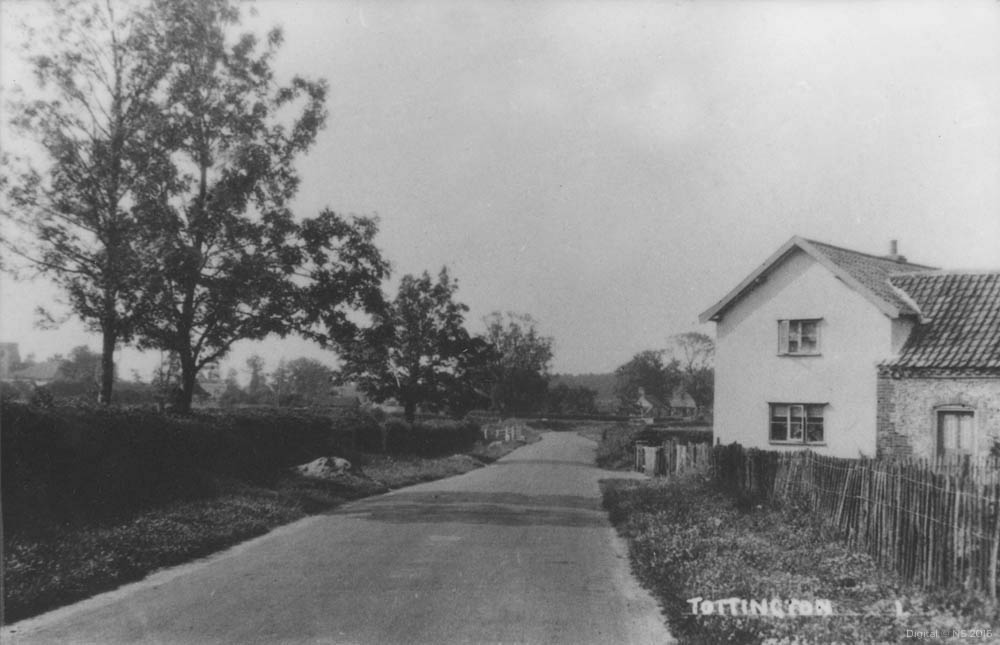
Tottington – looking North. (© 2016 Nick Stone)
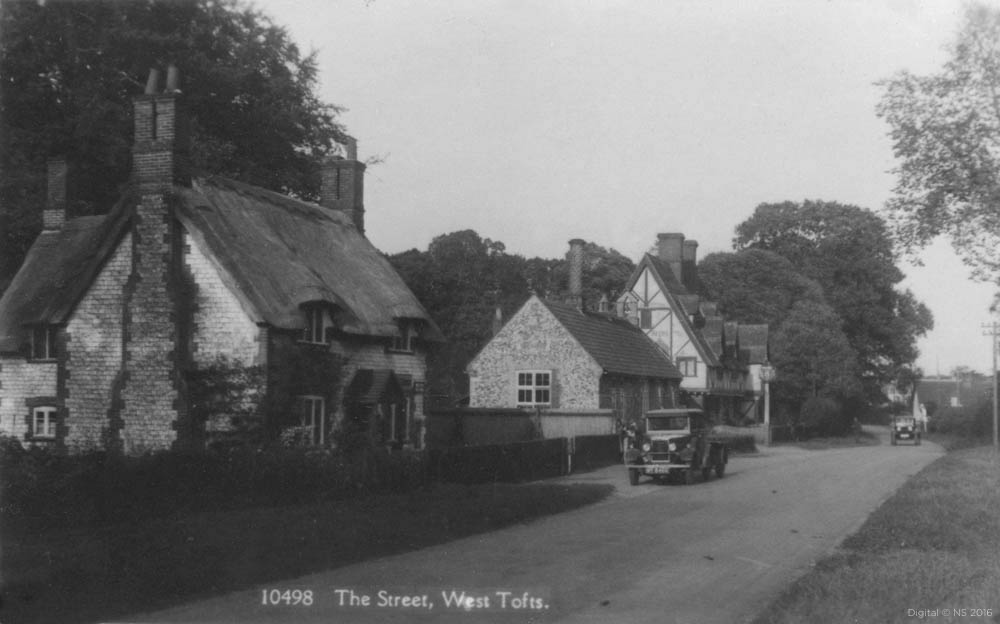
The Street – West Tofts. (© 2016 Nick Stone)

Stanford Mayday. (© 2016 Nick Stone)
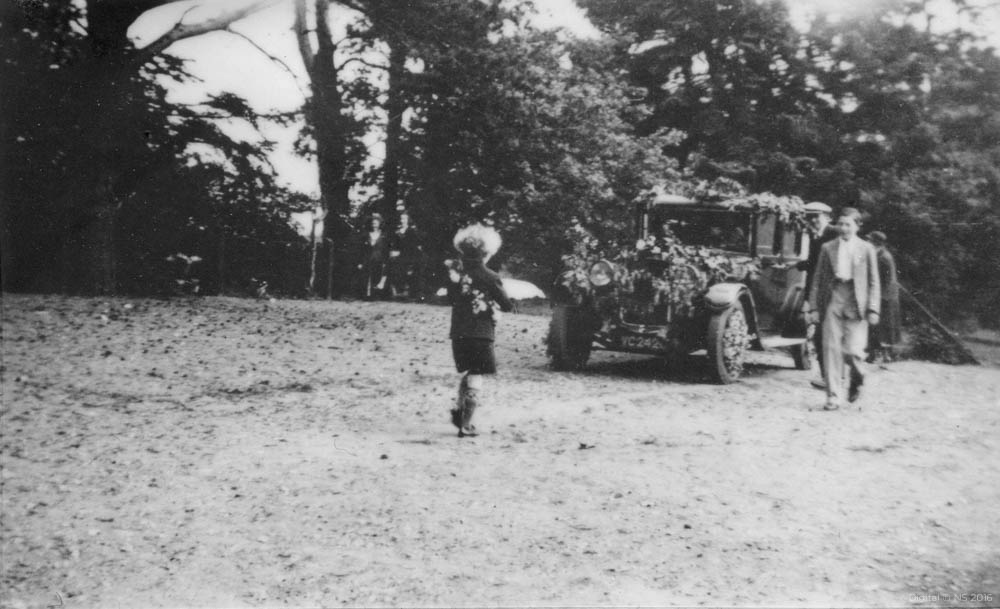
Stanford Mayday. (© 2016 Nick Stone)
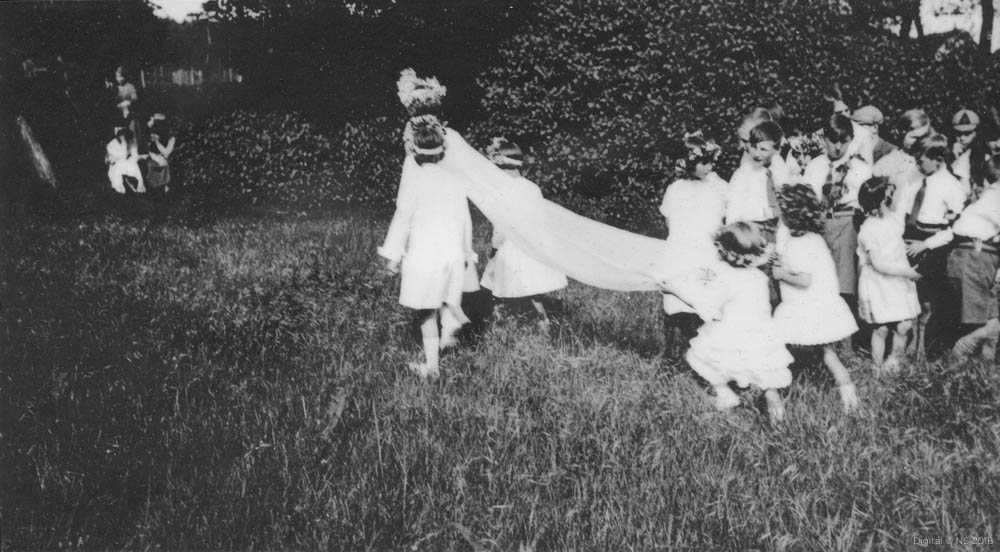
Stanford Mayday. (© 2016 Nick Stone)
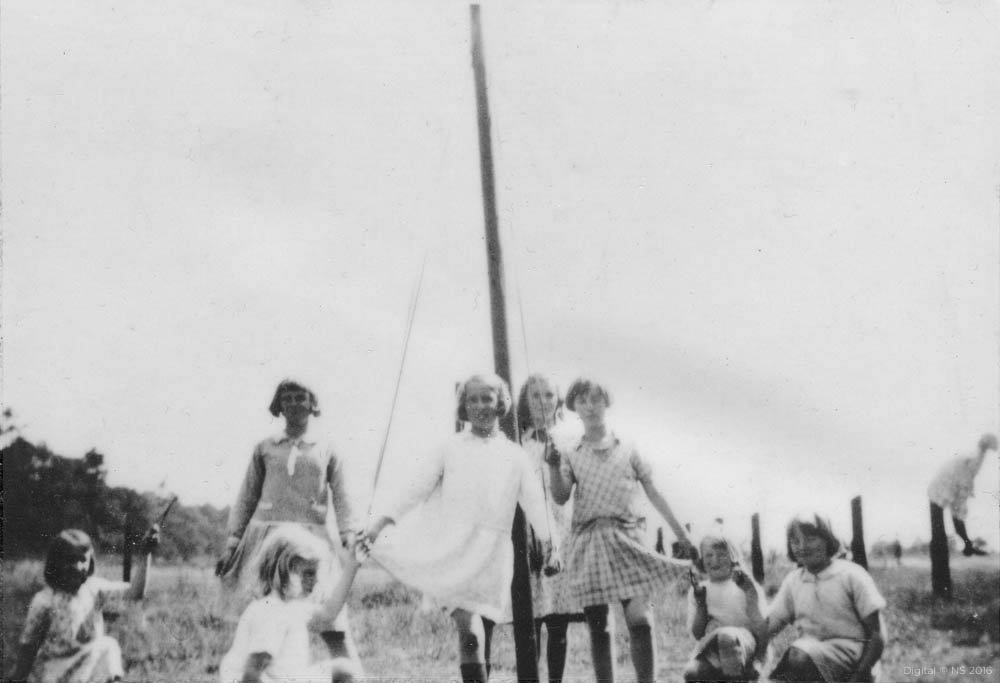
Stanford Mayday Maypole. (© 2016 Nick Stone)
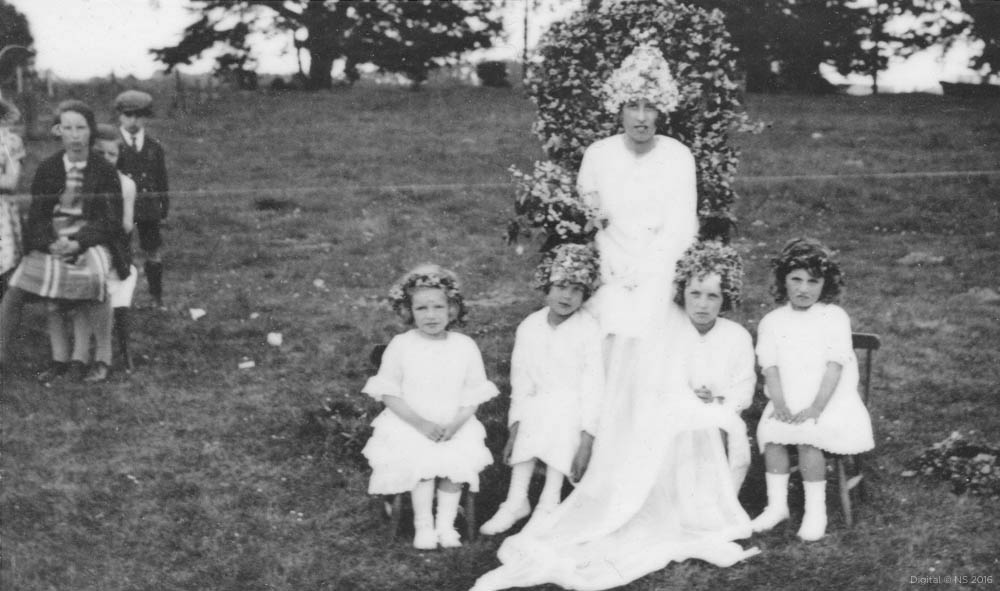
Stanford Mayday- May Queen. (© 2016 Nick Stone)
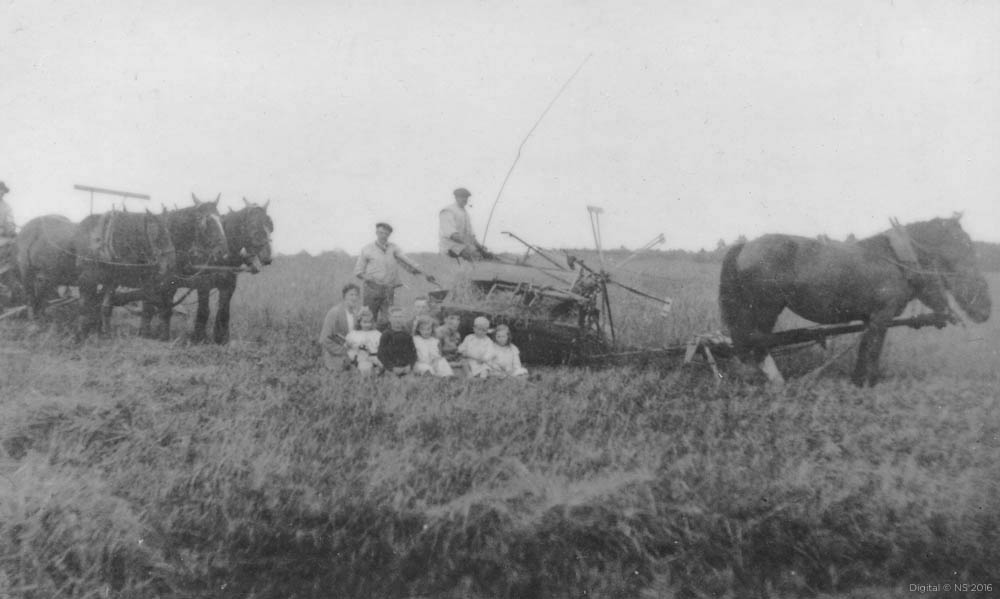
Eastmere ‘Troshin’ or Threshing. (near the entrance to Stanta) (© 2016 Nick Stone)
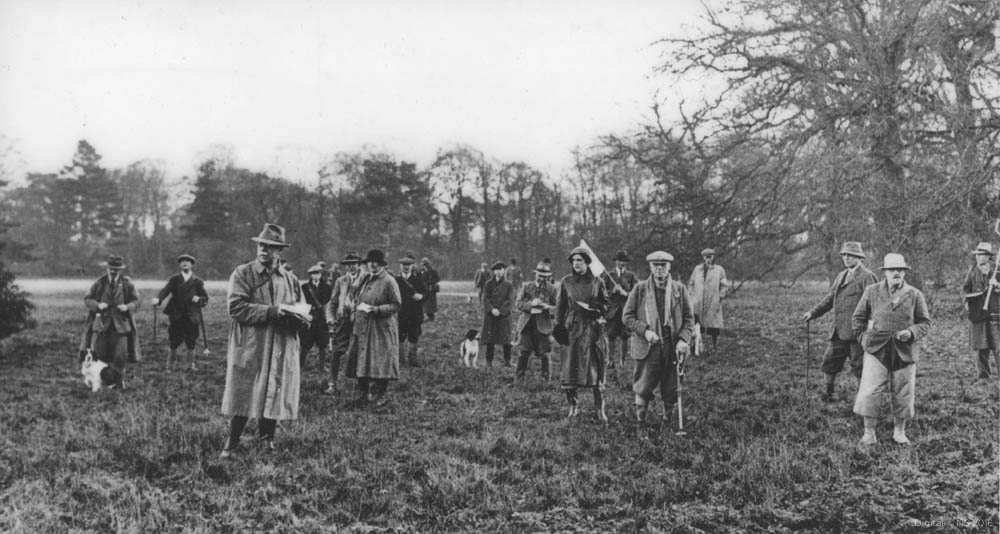
Buckenham Tofts, shooting party with spaniels. (© 2016 Nick Stone)
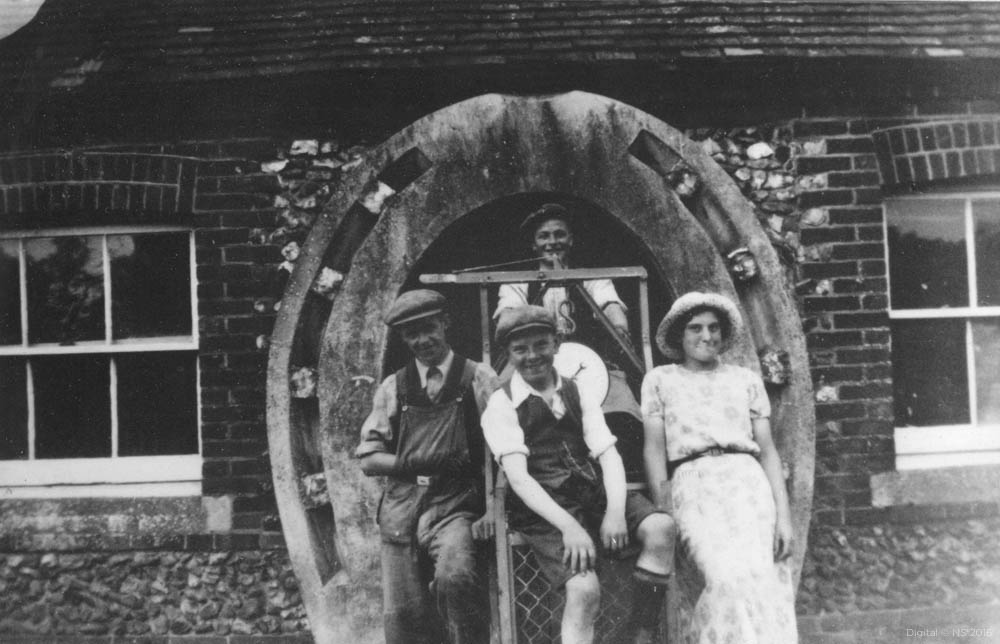
Allington, Bennett & Green. (© 2016 Nick Stone)

Tottington Post Office before the war. (© 2016 Nick Stone)
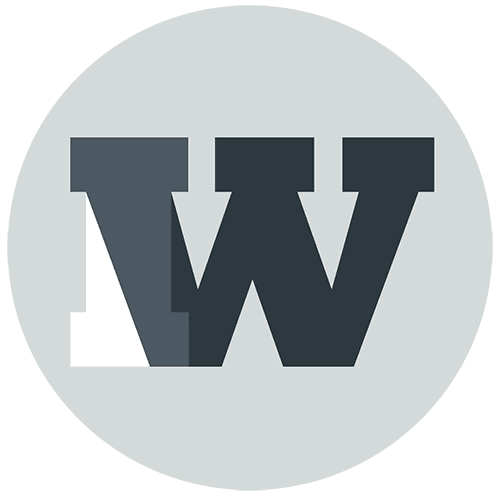
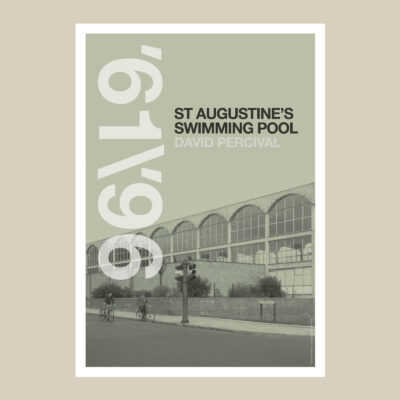
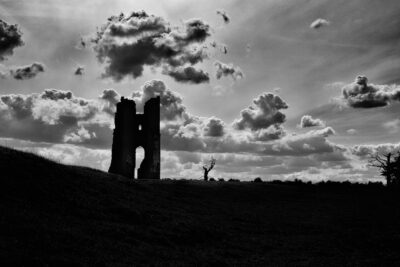

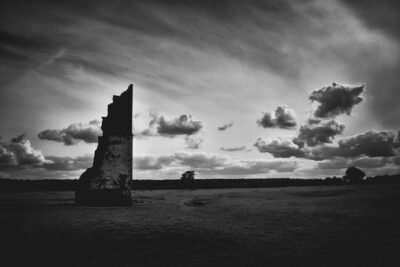
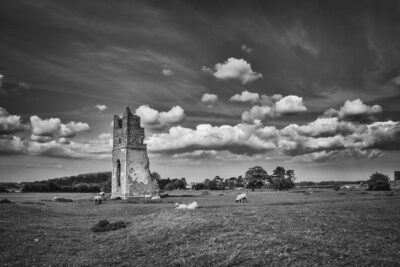
I had the pleasure of working in the battle area a couple of times. Not the most relaxing of times, driving a dark green Landrover about the place when you knew troops were there too. However I do have the honour of having driven lanes and byways which I know Jones’ van trundled along in the 1960s & 70s. I wasn’t allowed to get out of the vehicle except to do the job I was employed to do. so I couldn’t visit the buildings and a camera would certainly never have been permitted. My visits there were rare but it felt very much ‘other’ and a forbidden place.
I believe there was a BBC Radio 4 programme about the lost villages.
Oddly synchromous Matthew. I watched the Victoria Wood programme on Dad’s Army last night from around fifteen years ago. She drives Jones’ van along those very roads.
Interesting read.
I live just a mile away in a neighbouring village. As a child we were always venturing into the MOD area, In my youth I started collecting photographs, postcards and recordings of those that once lived there. Also the surrounding villages. It was always an adventure for us kids walking through time past, into the unknown, the old place was full of fruit orchids, we would pick plums apples etc, fantastic memorise.. Recently I have managed to record the churches and grave inscriptions as they are fading fast.
The description on the photograph of West Tofts Post Office needs correcting, Tottington road is incorrect, it was called The Street, West Tofts. This cottage Post Office shown was owned by my great grandmother named Mrs Eagle, her daughter Esther married and her name was Esther Rands. My grandmother ran the Post Office until they were evacuated in 1942 when the village was taken over by the War Department, along with the another 4 or 5 villages as a military training area, then called Stanford Practical Training Area.I was born in the top l/h bedroom shown in March 1940.
Thanks For letting me know Barry, and thanks also for the extra detail.
The image of the two people outside the post office is Mr Balls and his son who recently passed away. Some of which are in my personal collection. The shooting party, shows Lord Walsingham along with Lucille Reeve.
Hi Tony, I believe we’ve met a couple of times. Thanks for the info, will change accordingly. I’d very much like to go in to the Training area again and record it more completely. Have talked to Andrea about doing this at some point. It’s fascinating. I also have the archaeological evaluation somewhere should you ever want a copy for the Stanta records, assuming you don’t already have it.
The image of the post office at Tottington. The people in this image is Mr Balls and his son, his son later ran the post office up until it was taken over by the MOD.
I had the pleasure in interviewing and recording many of the occupants from these villages in the 1970s & 80s. Some real sad stories came from these people.
Hi Tony, I now live in Sydney but grew up in the area (1943 to 1960) I have recently written a short book about Teddy Madoc whose first bee farm was at Eastmere Farm before he moved to Crab Tree Corner.
I am hoping to be able to write a story about the people of Tottington, some married boys from Ashill where I grew up. I hope we can get in contact some way or other.
Hi
re the book do you have a title or info on where a copy can be obtained
I am in the process of doing a study of the old STANTA area
Wonderful collection – thank you so much for saving and sharing them.
I was lucky enough 3 years ago to be given a guided tour by the army all over the area.We were let into one of the Churches and allowed to wander around an Afghan compound,a very odd experience! Very privileged to of been shown everywhere including where the Dads Army closing credits were filmed!
I’ve been lucky enough to work on the area for a few years now. A fascinating and beautiful place. I feel very privileged to be there every day.
You are so lucky to work in such a lovely place … Stanta has something very special about it.
My father worked there many years ago and as a kid I thought it was magical .
So much history and it still seems like old England
Hi
I will be writing a book on Bodney in the comings months.
My family was born there, lived there until the early 70s.
I worked on the farm at Bodney which meant working in the Battle area.
If anyone have photos of Bodney, Bodney Lodges, The Red Building, Linghill Farm, I would love to include them in my book.
And other information regarding Bodney,
I cannot find any information regarding the village before the 1850s.
Parts of Bodney was also taken over by the MOD in 1940s.
Have you written the book? If so, could you let me know the title or ISBN number? Thanks.
Hi Doug
I’m still writing the book, still waiting for photos of the Red Buildings, Bodney and of Bodney Lodge, or any other photos of interest.
I have info on buildings on Bodney if of interest
Hi Peter
Sorry, I have only just got back to this site.
I would be very interested in any info and Photos of Bodney.
I’m still writing and compiling the book as new information comes in.
There is no end of information about the villages that were completely swallowed up by the MOD, but none about the people from Bodney Lodge or the Red Buildings on the airfield that was taken over in1939.
there is a reference on the maps to Mad House Plantations. was there an asylum or home for the mentally ill around that area at any point?